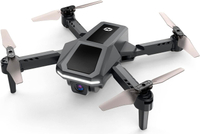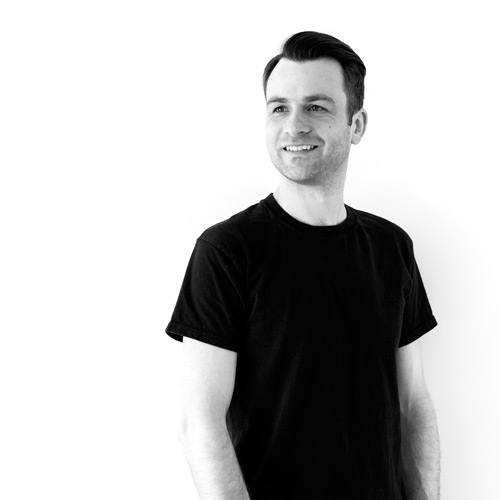Should I buy a cheap beginner drone to build my flight skills?
Spending small on a cheap beginner drone could save you money in the long term while providing less worry during your first flights
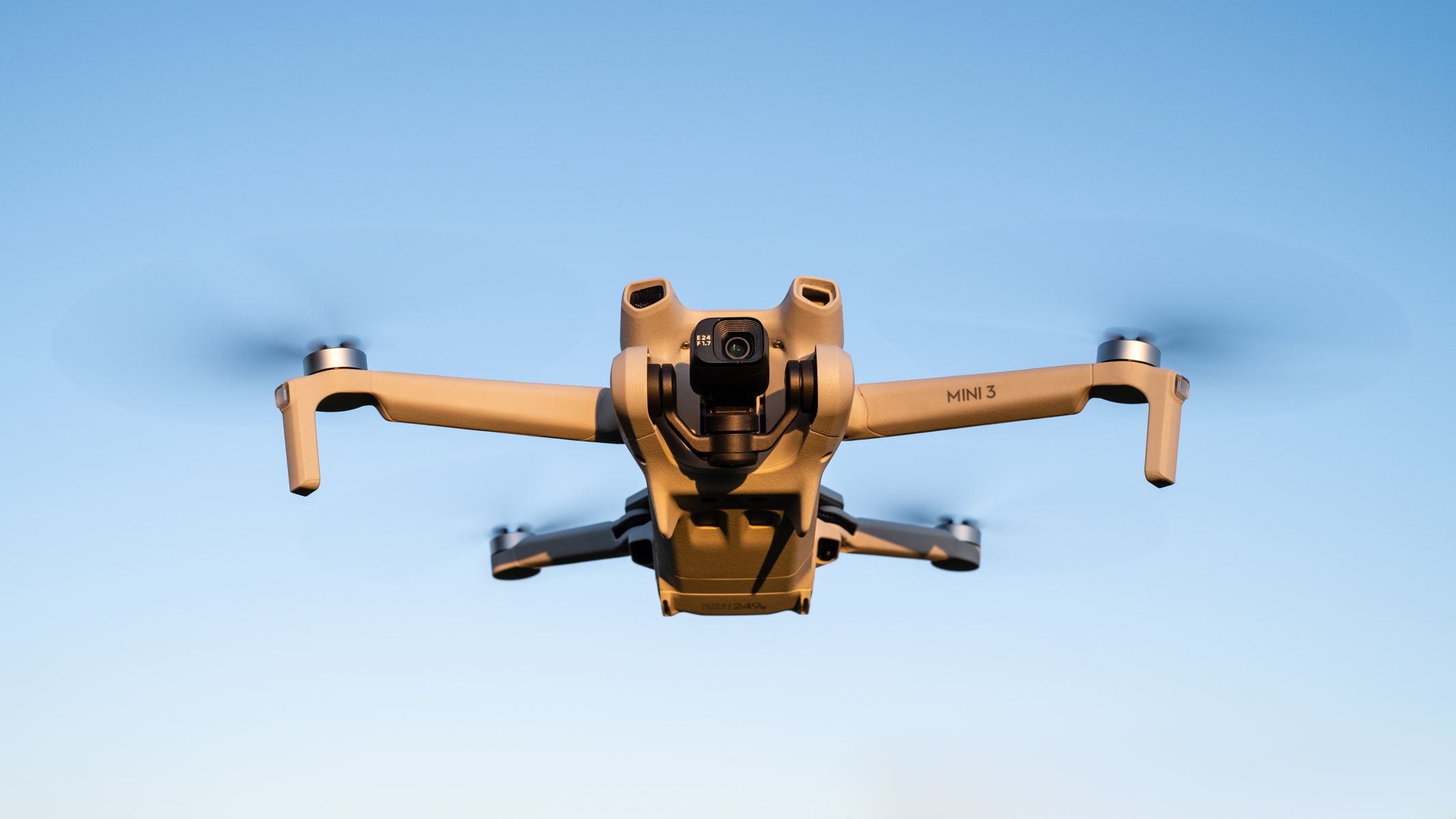
One of the main questions newbie drone pilots ask is whether or not it’s worth buying an inexpensive drone to develop their flight skills before moving on to a more expensive and advanced model. It’s not a straightforward question to answer because different people are naturally comfortable taking on varying levels of risk and have different budgets, but it’s not a bad idea.
The greatest fear of all beginner drone pilots is crashing, which is understandable given the cost of some drones. For the most part, crashing is simply the result of an error of judgment or a distraction, so as long as you concentrate on the drone and fly in wide open spaces far away from anything that you could crash into, you’ll be fine.
Why cheaper drones can pay off
The advantage of flying with a cheaper drone to get started, however, is that it reduces the monetary cloud that inevitably looms. Just imagine how you’d feel if you’d just spent $1000 / £1300 on a new drone and either crashed or lost it within your first few flights. With a drone that’s cheap for your budget, this fear is alleviated, leaving you free to concentrate on improving your flight skills.
When you learn how to fly with a less-featured drone, you will find more advanced models incredibly easy to fly when you upgrade. Some of the cheapest models require the controls to be wrestled with to keep them flying straight, and/or the controls are so sensitive and twitchy that you have to take great care when practicing manual orbits (circling a subject) or performing maneuvers such as rising spins with the camera looking down. If you can learn how to fly low-end well, you can fly any drone well.
You can perform most maneuvers with cheaper drones as long as flight doesn’t require too much control wrestling, but the cheapest lower-end models often have poor gimbals so learning how to combine flight maneuvers with gimbal/camera tilts can be impossible. This is, to be honest, less of an issue because building confidence and experience is the main reason for buying a cheap drone to get started. You can move on to more complicated maneuvers when you upgrade.
Going cheaper isn’t always a compromise
The least expensive drones, those that typically cost less than $80 / £100 are, for the most part, not worth considering. These typically fly erratically and you spend more time simply trying to keep them in the air. The least expensive drones, those that you may see advertised on social media for around $30 / £20 are a complete waste of money.
A key feature that you need to look out for is GPS. GPS positioning is used by drones so that they can hold their position when hovering and won’t get blown away in the wind. You don’t necessarily have to spend a fortune for a drone with this feature, and of course, more expensive drones do have better GPS positioning systems. However, the advantage of buying a drone without GPS is that it will be even cheaper.
Get the Space.com Newsletter
Breaking space news, the latest updates on rocket launches, skywatching events and more!
In an ideal world, your first drone should still cost somewhere in the region of $300 / £200 or more. The adage, ‘you get what you pay for’ certainly rings true with drones. Although there are some great beginner models available that offer excellent flight features, controls and camera functionality despite their low cost and the best of these is one of our recommendations.
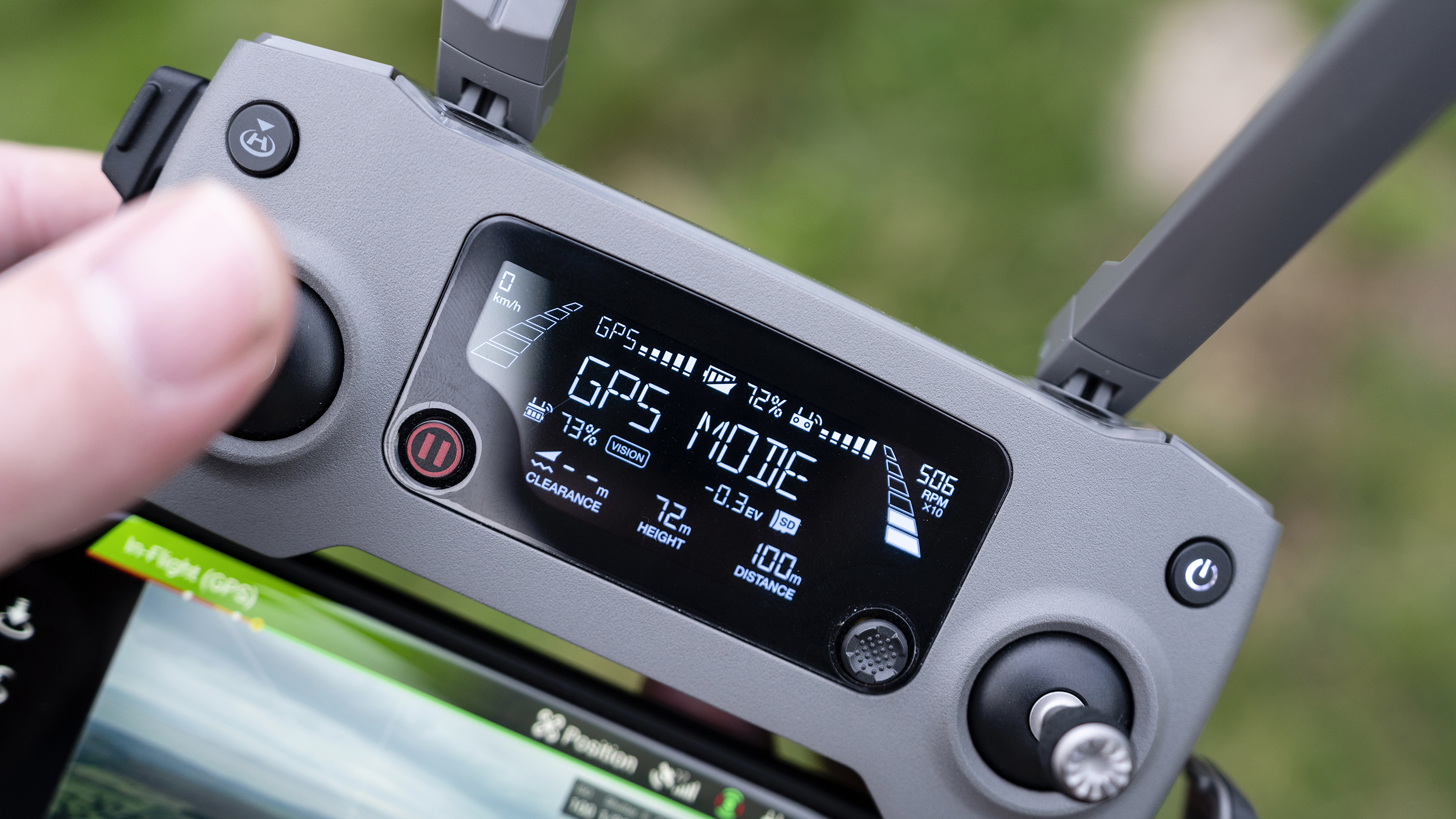
The main compromise
One extremely useful feature that you’ll miss out on with beginner drones, even the more expensive options in this category, is collision avoidance. Collision avoidance is a sensing system where the drone can detect potential obstacles and will either stop or bypass the detected obstacle depending on the functionality of the feature.
This is one of those features that would be extremely useful for beginners, but being a more advanced feature that relies on additional hardware, it drives up the cost of the drone and is typically only available with more advanced models. It’s not the end of the world though, because as long as you fly in open areas away from trees and other obstacles you should have no problems.
On the plus side, not having collision avoidance will force you to take greater care when flying. This instills a level of care and discipline into your flying, so when you do finally buy a drone with collision avoidance, you’re more likely to use it as a safety backup feature rather than relying on it entirely.
Inexpensive drone recommendations
We’ve compiled a list of three drones that are excellent inexpensive beginner options for different budgets. The least expensive option will simply help you learn how to fly, the camera isn’t capable of capturing high-quality images. Flight is also trickier than with the other two recommendations.
The mid-range option is one of the best inexpensive beginner models available and will meet your needs for a long time, while the most expensive option is a fantastic drone that produces excellent image quality and will exceed your requirements for some time.
Least expensive beginner drone
Holy Stone HS430: $98 / £60 at Amazon
The Holy Stone HS430 is the least expensive drone worth considering for developing your flight skills, but it is extremely basic and doesn’t offer GPS positioning so you will need to take great care during flights because it can drift in the wind. The kit includes everything you need, including two batteries, but you will need a smartphone. While this drone will be more difficult to fly than the other recommended models and the camera quality is much lower, the controls are the same so it will help you to develop your flying skills.
Mid-range beginner drone
Potensic Atom SE Fly More Combo: $280 / £280 at Amazon
The Potensic Atom SE is the best beginner drone available in its price range offering smooth controls, excellent build quality and a great camera. The Atom SE flies well and offers automated flight patterns for capturing professional-looking videos. In terms of value for money, this is the beginner drone kit to beat. The kit includes three batteries, spare propellers and a handy carry case alongside the drone, controller and other accessories. The camera can capture video at up to 4K and photos in both JPEG and Raw formats.
Most expensive beginner drone
DJI Mini 3 Fly More Bundle: $560 / £567 at Amazon
If you’re looking for the best beginner drone available, the DJI Mini 3 is exactly what you’re looking for. It is, of course, the most expensive option recommended, but it’s still much more affordable than more advanced models. Flight controls, flight and general features are excellent. The camera can capture up to 4K video and photos in Raw and JPEG with automatic and manual camera control. What’s more, the camera can be rotated 90 degrees to capture portrait format images while the drone offers automated flight patterns for capturing professional-looking video. The Fly More Bundle makes the most sense because it includes three batteries and a carry case alongside the drone, controller and other accessories.
When to upgrade
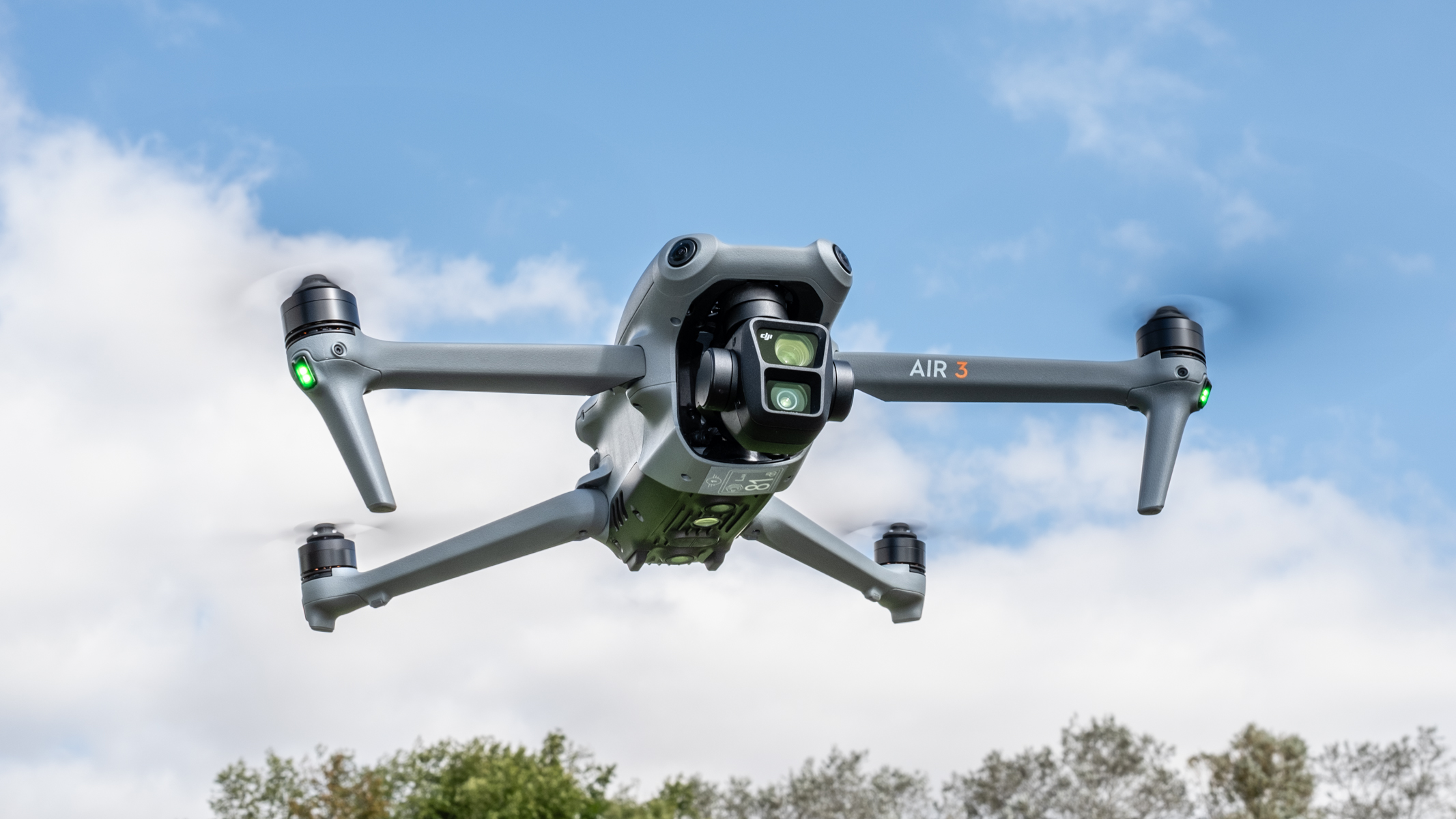
Once you’re a confident and reasonably competent pilot, you’ll be in a position where photo and video capture become more important to you. If you selected the Potensic Atom SE or the DJI Mini 3, you’ll already have a drone that handles well and produces great image quality, with the latter being the better of the two. If, however, you feel that you’ve already outgrown either of these models, something like the DJI Mini 4 Pro or the DJI Air 3 will provide a worthwhile upgrade. If you'd like a drone more in line with the DJI Mini 3 but less expensive, take a look at the Potensic Atom - a more advanced version of the SE.
If you opted for the Holy Stone HS430 or a similar drone, you’ll undoubtedly be ready to upgrade because flight isn’t as smooth or easy as it is with the other two models. As a beginner, the DJI Mini 3 will be a great option and will be a huge upgrade in itself, but the DJI Mini 4 Pro or the DJI Air 3 would also be fantastic upgrades. These drones also have many more safety features, including collision avoidance, so despite their higher cost, these features alongside your newly developed flying skills will come together to provide your best flying experience to date.
Join our Space Forums to keep talking space on the latest missions, night sky and more! And if you have a news tip, correction or comment, let us know at: community@space.com.
James is an award-winning freelance landscape and portrait photographer, as well as a highly experienced photography journalist working with some of the best photography magazines and websites with a worldwide audience. He’s also the author of The Digital Darkroom: The Definitive Guide to Photo Editing. www.jamesaphoto.co.uk
-
Just A. Tinker (Click on the forum link to see images and links)Reply
James:
Good synopsis on how to be smart about starting drone flying.
I took a similar approach with RC planes.
I was born with 10% vision and always regretted not being able to become a pilot. Large RC planes were also out of my reach because they would fly too far away for me to see and were too crash damage susceptible.
About 15 years ago, cheap, small, foam RC planes came on the market. I could fly them within a few hundred feet and they are virtually indestructible.
About 5 years ago I realize that racing drone cameras and transmitters were small and light enough to carry on my RC planes. I mounted the cameras in the cockpits of the planes and I got my wish, flying a plane from the pilot's seat!
Recently I took the game up a notch by getting an actual drone flight controller with everything built in, replacing all the separate pieces of electronics I used before. It'll have brushless motors, on screen data including horizon and camera pan... and it'll be small!
But I couldn't have gotten this far if I hadn't started small and worked my way through it step by step.
Check out more images and flying videos with this twitter search:
🛫 FPV Flying update 🛬
Cheers:
John
